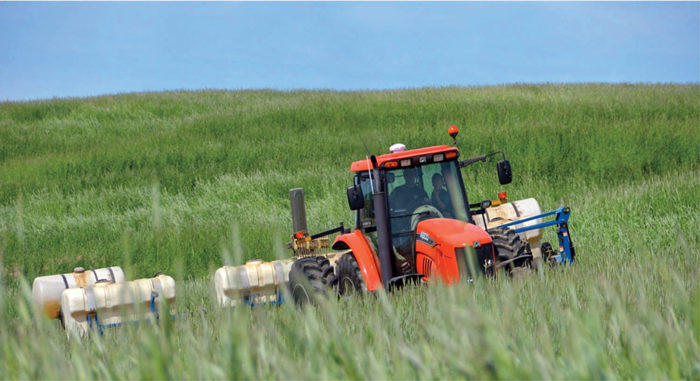No-Till Farmer
Get full access NOW to the most comprehensive, powerful and easy-to-use online resource for no-tillage practices. Just one good idea will pay for your subscription hundreds of times over.

BIG COVERS. When Lucas Criswell started no-till planting into living cover crops, the covers were about 15 inches tall. Today, he plants into covers that grow to 3 or 4 feet high, saying they’re the key to protecting the soil from erosion and building soil health.
If no-till isn’t enough to stop erosion, what is?
Lucas Criswell believes the answer is big cover crops.
The Lewisburg, Pa., no-tiller does some custom application work for other growers and still sees erosion occurring on long-term no-till fields — even fields that grow short cover crops in the hilly region of central Pennsylvania.
But on Criswell’s farm, where he plants into cover crops that are as tall as his waist, he doesn’t see any erosion anymore.
Criswell recalls a 5-inch-rain that fell in an hour and a half in 2014. It cut a 3-foot-deep trench in his lawn, and he was afraid to see the condition of his fields.
In a field where he had just soybean stubble, which he intentionally left that way for a side-by-side, he saw the residue move. But on the field where he had rolled rye, it stayed in place — protecting the soil between the corn rows.
“That was another a-ha moment for me,” he says.
Erosion control isn’t the only benefit to no-tilling cash crops into living cover crops. Gerard Troisi, Criswell’s crop consultant, says that doing this allows them to continue capturing energy, which creates a bigger root system and allows them to store that…